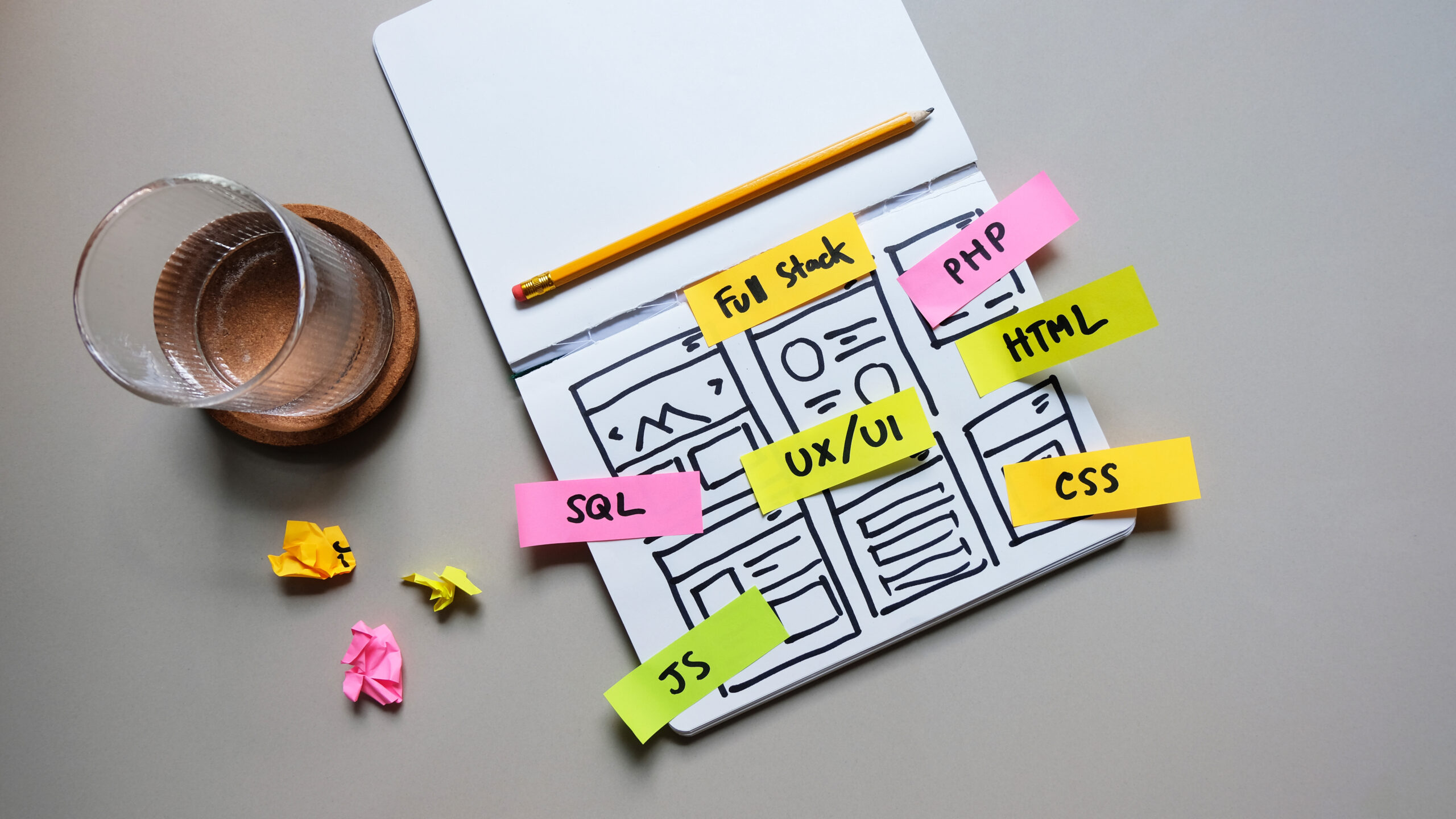*This article is an English translation of a Japanese article.
On websites, headings and labels play a crucial role in organizing information and providing users with clear navigation. From an accessibility perspective, properly setting up headings and labels greatly benefits users with visual impairments and those who rely on screen readers, allowing them to comfortably navigate a site.
In this article, we will explore the importance of headings and labels in web accessibility, along with best practices for their design and implementation.
Why Headings and Labels Are Important
Headings and labels help structure the content on a webpage, allowing users to easily access the information they need. When these elements are not set up correctly, certain users may struggle to navigate the site, including:
- Visually impaired users using screen readers: Properly structured headings enable users to navigate through a page efficiently with screen readers. Clear labels also help users understand the function of forms and interactive elements.
- Users with cognitive disabilities: Clear, well-organized headings make it easier for users to follow information step by step, reducing confusion while navigating the page.
- Mobile and elderly users: On small screens or for users with visual limitations, well-structured headings and labels make it easier to locate and access information.
The Role of Headings and How to Set Them Up Properly
Headings help clarify the structure of a webpage, both visually and technically, by organizing content hierarchically. When headings are used properly, the page content becomes easier to understand, and users can more easily locate their position within the page.
1. Use the Correct Heading Hierarchy
It’s important to maintain a hierarchical structure using HTML tags from <h1> to <h6>. The <h1> tag represents the page’s main title, and subsequent headings should follow the hierarchy accordingly. A properly set up hierarchy makes the page structure easier to grasp for screen reader users.
Good Example:
<h1>: Main site title<h2>: Main section heading<h3>: Subsection heading<h4>: Sub-subsection heading
Bad Example:
- Using only
<h1>tags for all headings. - Skipping heading levels (e.g., using
<h1>followed directly by<h4>).
2. Use Meaningful and Descriptive Headings
Headings should clearly describe the content that follows them. Avoid vague or overly brief headings—users should be able to predict the content by simply reading the heading.
Good Example:
- “Latest Web Accessibility Guidelines”
- “Important Points for Form Input”
Bad Example:
- “Click Here”
- “Details”
The Role of Labels and How to Set Them Up Properly
Labels describe the function or purpose of form elements or interactive buttons. By providing clear and accurate labels, users can easily understand the function of each element, reducing the likelihood of errors.
1. Attach Clear Labels to Form Elements
Each input field in a form should have a clear, descriptive label. For instance, fields for entering a name or email address should have labels like “Name” or “Email Address.” Proper labels ensure that screen readers announce the field’s purpose, making the form accessible for visually impaired users.
Good Example:
<label for="name">Name</label>
<input type="text" id="name" name="name">
Bad Example:
Using no label or an unclear label like “Field 1.”
2. Use Clear Labels for Buttons and Links
Buttons like “Submit” or “Next” need to clearly indicate their function. Vague labels like “Click Here” or “Next” can confuse users, especially those using screen readers, as it’s unclear what action the button performs.
Good Example:
- “Send Inquiry”
- “Proceed to Next Step”
Bad Example:
- “Click Here”
- “Next”
Tools to Optimize Headings and Labels
Several tools can help you check whether your website’s headings and labels are set up correctly, making it easy to identify accessibility issues:
- WAVE (Web Accessibility Evaluation Tool): WAVE evaluates web pages for accessibility issues and helps identify problems with headings and labels.
- Axe: Axe is an automated testing tool that detects accessibility issues, especially in forms and heading structures. Using these tools ensures your website is accessible and user-friendly for all.
Accessibility Guidelines for Headings and Labels
The Web Content Accessibility Guidelines (WCAG) 2.1 provide specific criteria for headings and labels. Under guideline 2.4.6: Headings and Labels, it’s essential that headings and labels are accurate, clear, and used appropriately. Additionally, 1.3.1: Info and Relationships emphasizes that content structure must be understandable not just visually but also technically.
Following these guidelines ensures that your website is accessible to all users.
Conclusion
Headings and labels are critical components of web accessibility, providing a foundation for easy navigation and information access for all users. By properly structuring headings and ensuring labels are clear, you enable a smoother experience for visually impaired users, screen reader users, and everyone navigating your website. Improving headings and labels is an essential step toward enhancing both usability and meeting accessibility standards for your site.
We have released the UUU Web Accessibility Widget Tool, designed to make web accessibility easy to implement. This tool helps improve the accessibility of websites quickly and efficiently, even without specialized knowledge.
If you’re interested in enhancing your website’s accessibility, please check out the details. We are here to support you in making your website more user-friendly and accessible to a wider audience.
